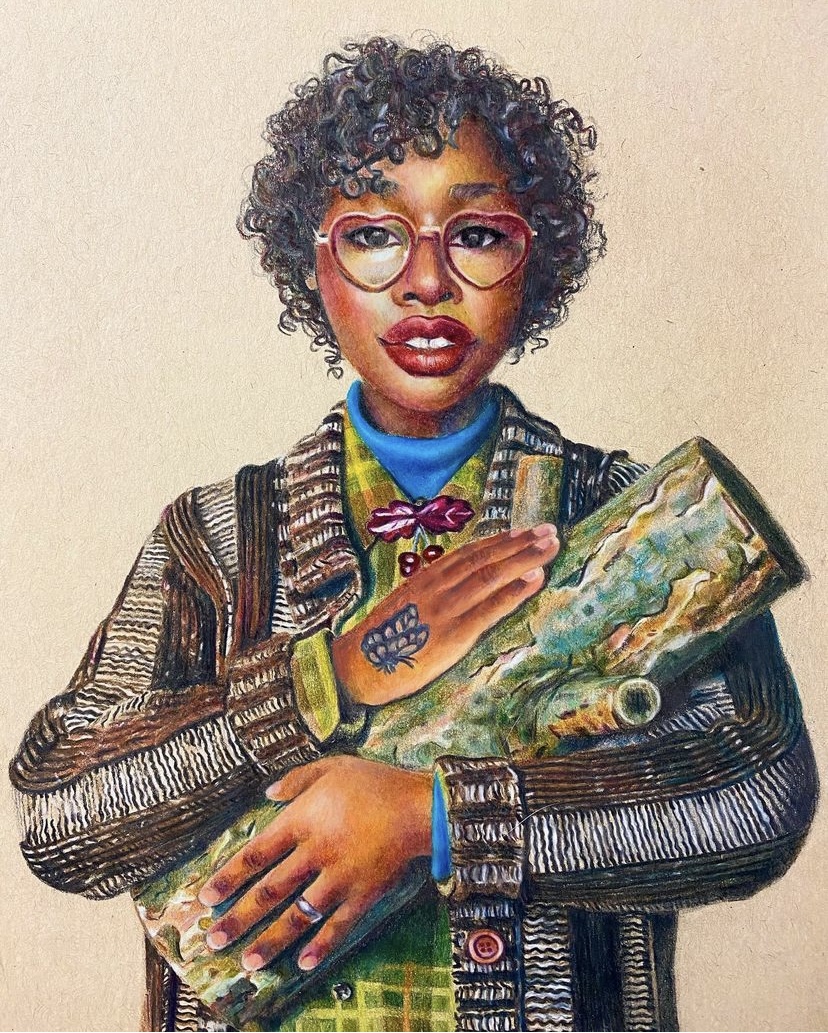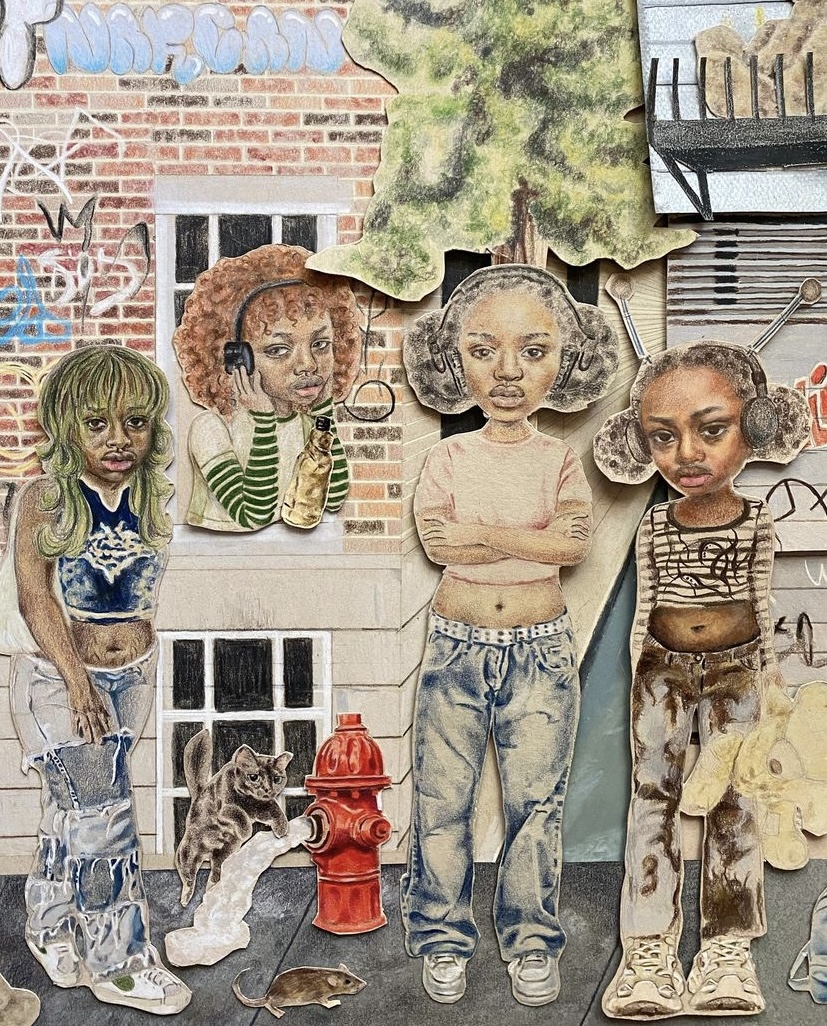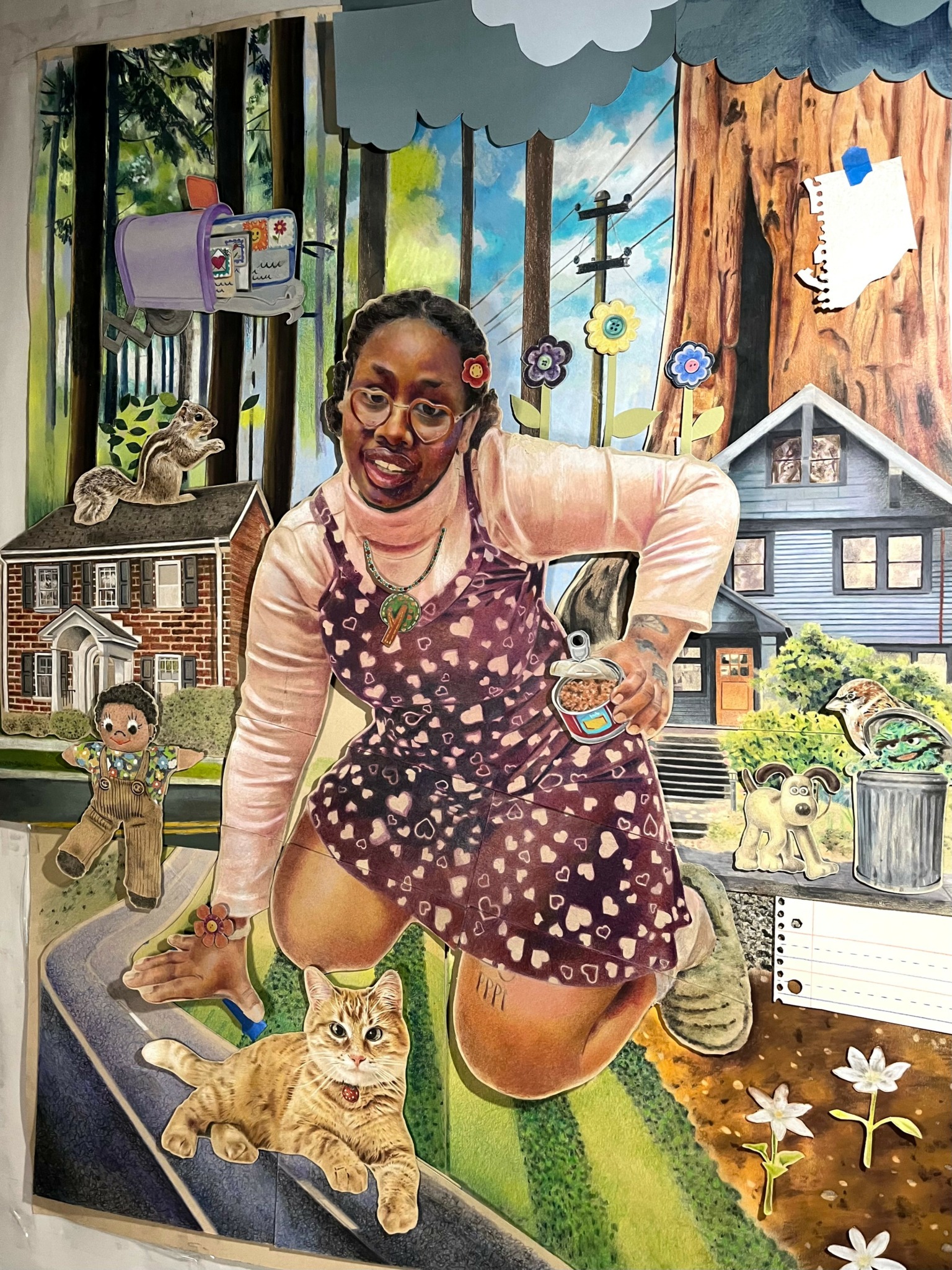We’re excited to introduce you to the always interesting and insightful Chas Hyman. We hope you’ll enjoy our conversation with Chas below.
Chas, looking forward to hearing all of your stories today. We’d love to hear about when you first realized that you wanted to pursue a creative path professionally.
I’ve been drawing for as long as I can remember. At my grandparents’ house, I gravitated towards printer paper, eager to unleash this new thing called “creativity” that I was discovering as a child. Putting pencil to paper felt so natural, like I was unlocking something within myself.
In elementary school, when teachers asked what we wanted to be when we grew up, I never said I wanted to be an artist. The option wasn’t there. You could be a doctor, scientist, firefighter, farmer, or mail carrier—but an artist? That felt like a mystical career, reserved for the greats of the past like those who painted the Mona Lisa or Starry Night. On top of that, the pressures of capitalist ideas also made art seem impractical, so I never thought of it as a serious pursuit.
Yet, as the years passed, I couldn’t stay away from creating. My drawings started to develop a style of their own—pages filled with girls who looked like me, with different hairstyles and outfits. I loved how seen I felt by transcribing my world into a visual language that I controlled. My passion for art only deepened. In hindsight, I was already in love with art—it just took time for me to fully realize it.
Then in high school, everything shifted. I bought my first copy of Rookie Mag, a physical book and online space that was a sanctuary for young creatives. The magazine featured art, photography, writing, and more from people with different backgrounds, and flipping through the pages felt like finding a part of myself I didn’t know was missing. The alternative styles, collages, and paintings felt so familiar and resonated deeply. It was the magic of being seen. Rookie made me believe that I could be an artist too—that I could share my world and people would care.
By junior year, however, I felt isolated. As one of the few Black girls at my high school, and coming from a very different economic background than most of my peers, I began to stray from my creative side. All I wanted was to fit in.
But before I lost my spark entirely, something magical happened—I transferred to an art program. The program allowed high school students to split their time between their regular school and an arts building, where we were free to express ourselves creatively. In this space, I felt safe being myself. We were all a little weird, awkward, and creative in our own way. I met some of my closest friends there—people I still keep in touch with today. Every Thursday, we went on field trips to see independent films and meet influential artists and directors.
It was in this environment, surrounded by people who understood me and nurtured my passion, that I truly began to believe I could be an artist. This was the moment where everything clicked, and I knew this was my path.
Looking back, it took over a decade of slowly being convinced that I could pursue art seriously. I had to see people who looked like me doing it before I believed it was possible. It took finding spaces like Rookie Mag, joining an art program, and years of drawing for me to know for certain. But maybe, deep down, I always knew.

Chas, before we move on to more of these sorts of questions, can you take some time to bring our readers up to speed on you and what you do?
My name is Chas Hyman, and I’m a 24 year old artist born in North Carolina, now based in Washington state. I graduated with a BFA with an emphasis in Drawing from the University of Nebraska-Lincoln. My work primarily focuses on imaginative collages that feature black women in surreal, nostalgic environments. These pieces are heavily influenced by my personal experiences with grief, the emotional rollercoaster of life, the geography of the Pacific Northwest, and finding magic in the everyday or mundane moments.
Inspiration comes to me in many ways—I love going on neighborhood walks and nature hikes to clear my head and spark ideas. I have an orange cat named Winnie, who I adore, and when I’m not working on art, you might find me window-shopping at antique stores, watching nostalgic cartoons, or capturing moments with my camera. I also enjoy journaling random thoughts, solving puzzles, and collaging photos and magazines—activities that fuel my creativity and remind me to slow down and appreciate the beauty in small, everyday moments.
Through my art, I strive to highlight beauty in places people might not typically look—showing that even in the hardest times, there can be light, or even moments of amusement. I have grown to adapt to the changing seasons of life, especially after losing my brother to mental illness in 2020. This personal journey shapes my work and the stories I tell through my art.
One of the core values I bring as an artist is representing an underrepresented community. My work allows other Black people—especially those who, like me, might feel a bit “different” or “weird”—to feel seen. It helps young Black creatives take their own work more seriously, by showing them that their vision matters. I’m incredibly passionate about what I do, and I believe that passion is contagious. I aim to inspire others through my art.
What sets my work apart is its ability to blend personal narrative with imaginative visuals, often anchored in the PNW’s landscapes and emotions. I’m proudest of my large-scale collages that cover major wallspace in my home. They feel monumental to me, a reflection of the time and love I pour into my work. Professionally, I’m especially proud of my collaboration with Converse, where I designed two pairs of shoes for their Black History Month collection, as well as my award-winning university thesis piece.
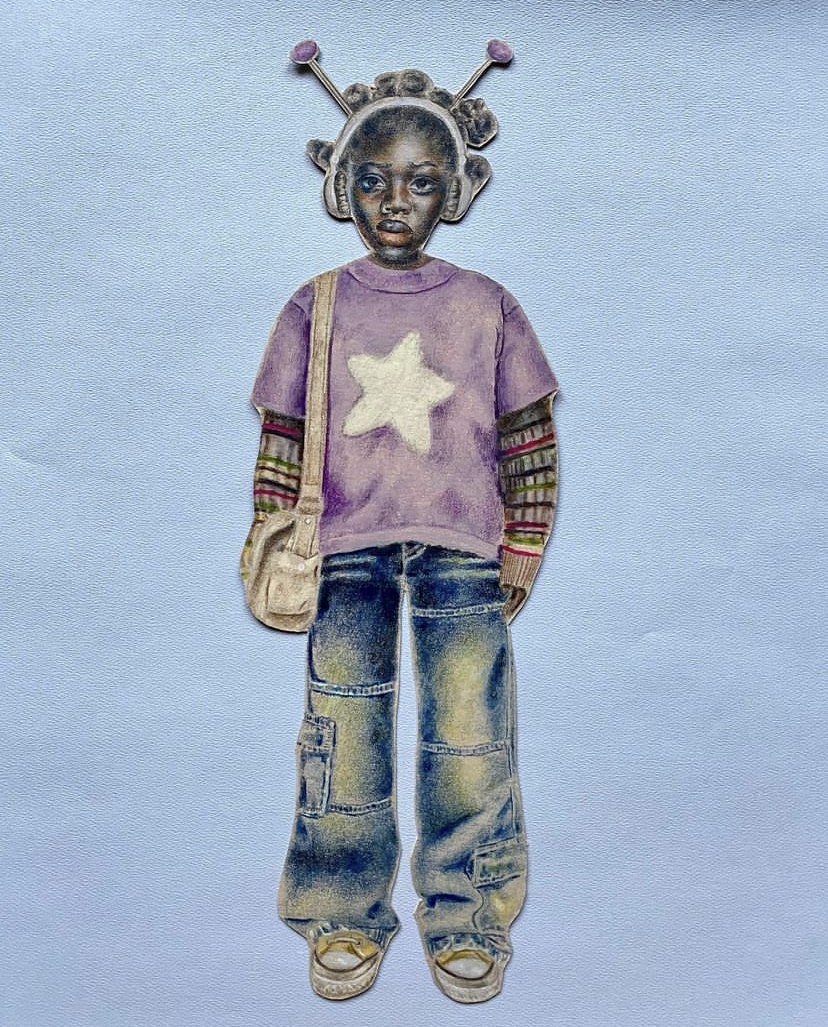
Is there something you think non-creatives will struggle to understand about your journey as a creative? Maybe you can provide some insight – you never know who might benefit from the enlightenment.
I believe non-creatives may struggle to understand just how much time and energy goes into creating art. In today’s fast-paced, capitalist-driven world, the value of time has been skewed, and there’s a general expectation for artists to constantly produce, especially with the pressures of maintaining relevance on social media. However, art really isn’t something that can or should be rushed.
Art takes time—not just in the act of creating but in the spaces in between. There are periods where I have to step away from my work, allowing myself to sit in stillness or do nothing. This break is crucial for gaining fresh eyes and returning to a piece with a new perspective. Every project I create takes at least a month, often stretching up to six months, because I refuse to rush something that holds personal meaning.
For me, taking the time to thoughtfully craft my work is essential—not just for the quality of the final piece, but for protecting myself from burnout. In a world that pushes for constant productivity, I believe slowing down and honoring the creative process is a radical act that preserves the personal nature of art.
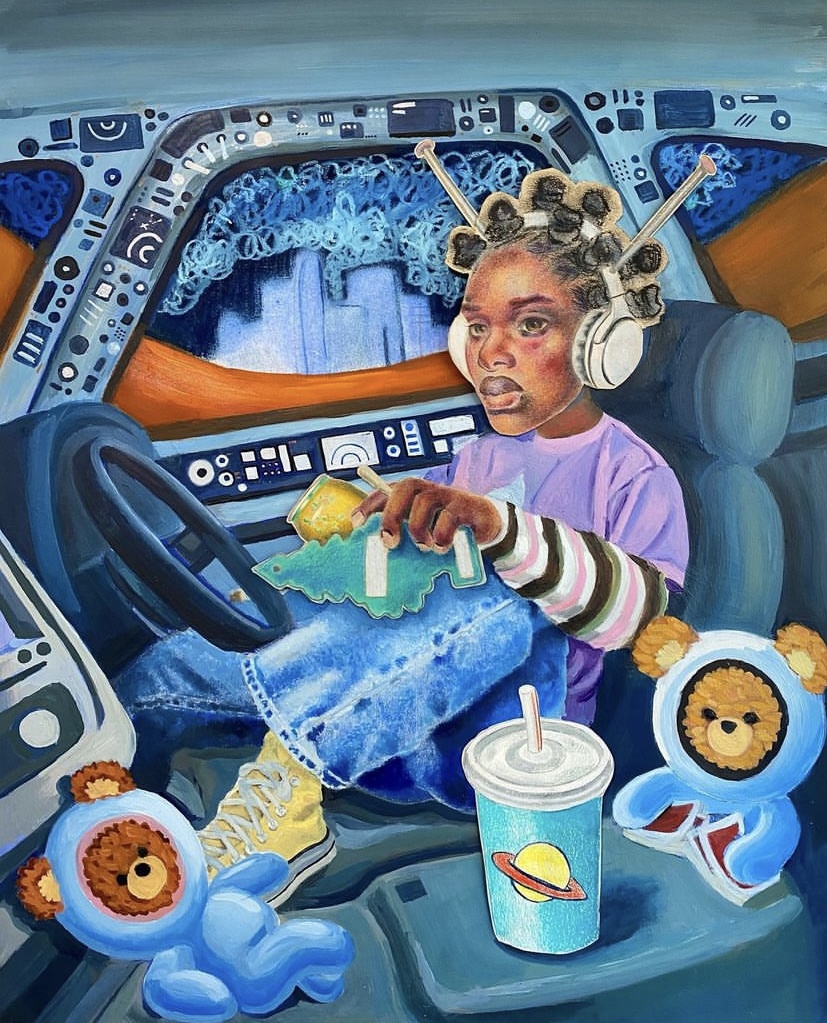
We’d love to hear a story of resilience from your journey.
In August of 2020, shortly after my brother passed away, I had to return to school to avoid losing my full-ride scholarship, which was only available for a set period of time. It was the most difficult challenge I’ve ever faced—trying to continue my education while navigating the deep pain of grief and my own battle with depression.
Despite the overwhelming emotions, I knew how important it was for me to keep creating art. I realized that if I took a break from college, I might never finish. In hindsight, perhaps I should have taken time off, but the grief became a source of fuel. I wanted to push forward, not just for myself but for my brother. He was also an artist, as passionate about drawing as I am, and continuing my work felt like a way of honoring him. Every time I put pencil to paper, I felt connected to him, as if my creative journey was an ongoing tribute to his memory.
Though it was a difficult and often painful road, I was able to graduate on time, marking an enormous milestone in my life and in my journey as an artist.
Contact Info:
- Instagram: urweirdgf
